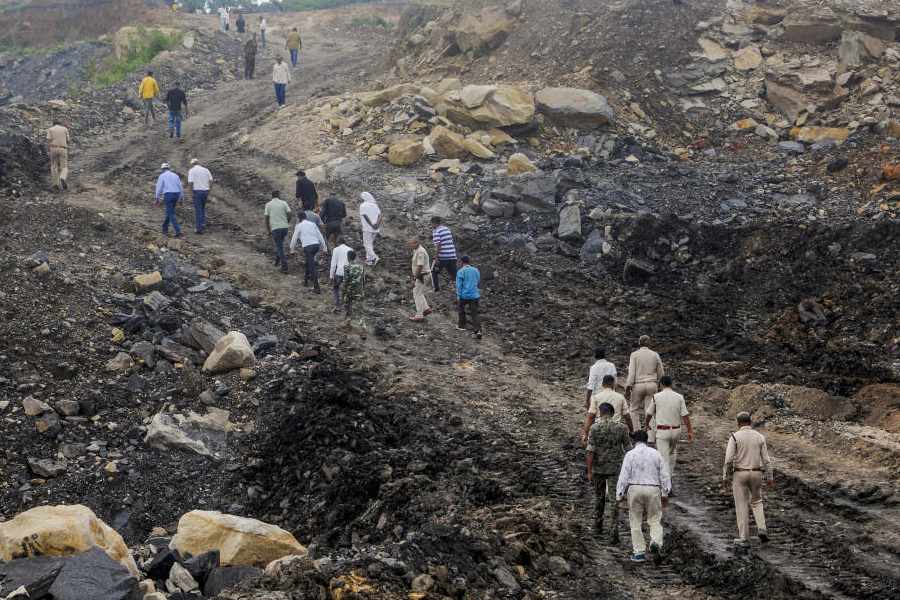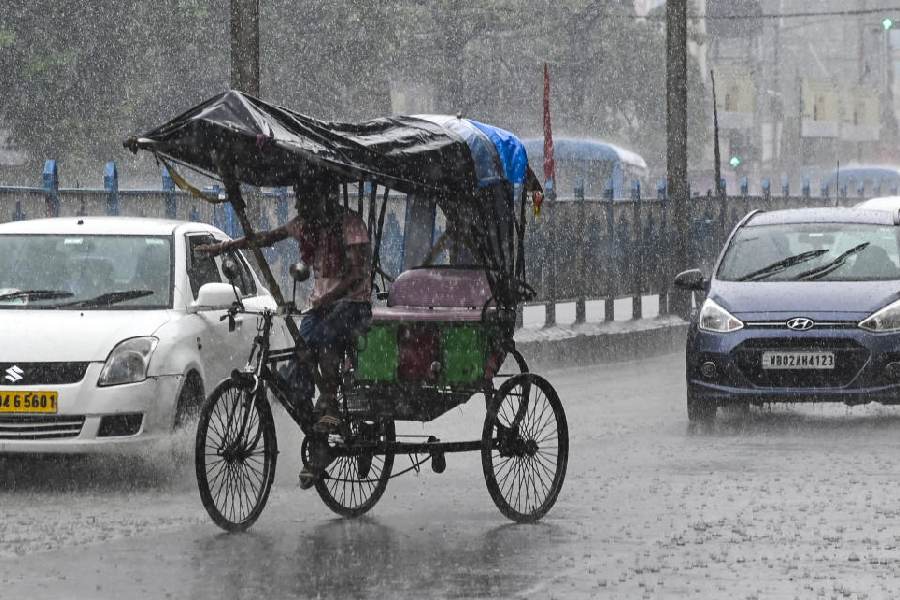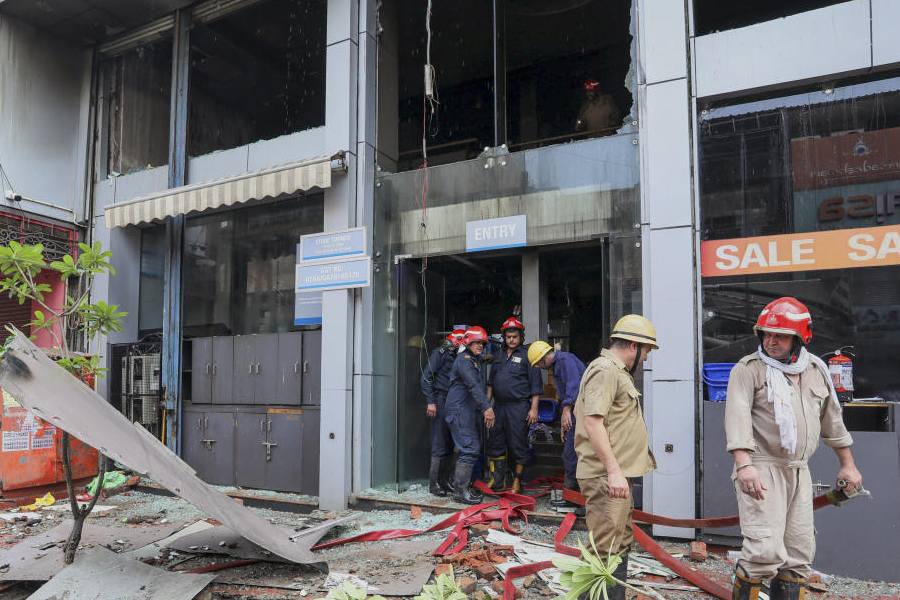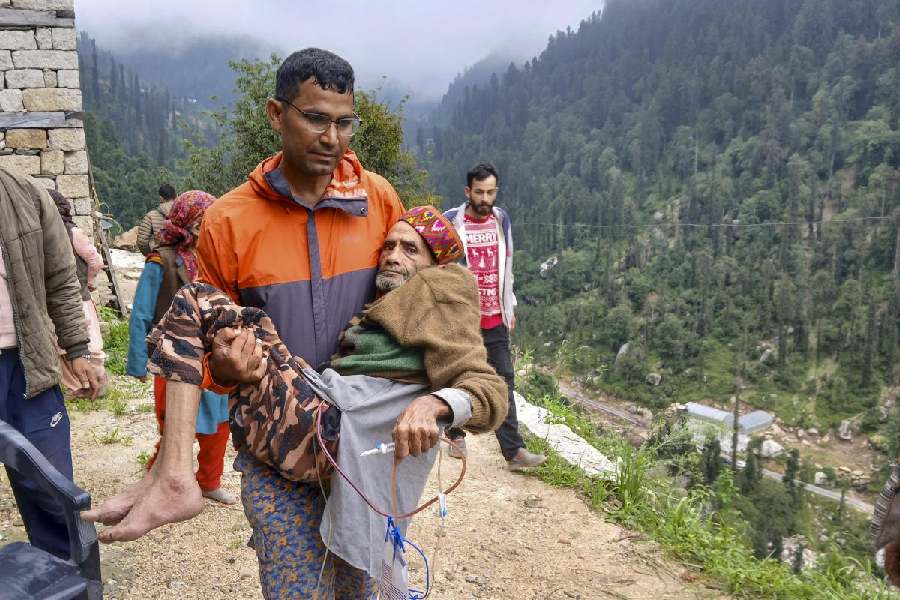High infant and child mortality due to malnutrition and infectious diseases like diarrhoea is well documented. What is not documented is the large number of deaths caused by lack of safety in public places. Almost every day, one sees reports of children dying — in school bus accidents, unsafe playgrounds, drowning in rivers and canals, swimming pools, open manholes, septic tanks and open tubewells. Children have also been killed by lightning and unsafe electricity supply lines. In all these cases, what comes out loud and clear is the apathy of the civic authorities, and even the public, towards safety.
Take the month of July, for example. On the last day of the month, a five-year-old boy died and his three-year-old brother was critically injured when a heavy iron gate fell on them at a residential colony in Mukherjee Nagar in Delhi. For some years now, residents’ associations have been building iron gates at the entrances of their colonies to prevent the entry of unauthorised persons. But the gates meant for the safety of the residents should not become unsafe for the public at large, particularly children. Obviously, neither the residents’ association nor the civic authorities bothered about the maintenance of the gates in Mukherjee Nagar. Only a couple of months prior to that, another iron gate at a public park had fallen on two children, resulting in the death of a six-year-old and serious injuries to the other.
There were two more fatal accidents involving children in the month of July — in Bangalore’s Garuda Mall, a six-year-old boy died when he fell from the fourth floor. The child had fallen through the gap between the escalator and the steel railing of the floor. The other accident involving two school kids happened in Delhi — both slipped and fell into a canal in west Delhi and drowned. The canal had not been fenced to prevent such accidents.
Civic authorities have dual responsibility when it comes to safety. First and foremost, they have to ensure that public places such as parks, hospitals, swimming pools, schools and auditoria run by them are absolutely safe, particularly for children. Second, they have to draw up safety laws and enforce them in public places run by others. Since civic authorities are yet to realise the importance of safety in public places, consumer groups will have to play a major role in educating them and ensuring that those who are responsible for such deaths and accidents are brought to book.











